Martin Kulldorff was wrongly fired from Harvard Medical School
Sensible Medicine
MARCH 13, 2024
Martin Kulldorff was a professor at Harvard Medical School who argued during the pandemic that school closure was misguided policy, lockdowns were inappropriate and draconian, vaccine mandates were unjust, natural immunity conferred protection against subsequent severe disease, kids did not need to be vaccinated, and that two year old children should not wear cloth masks in daycare.
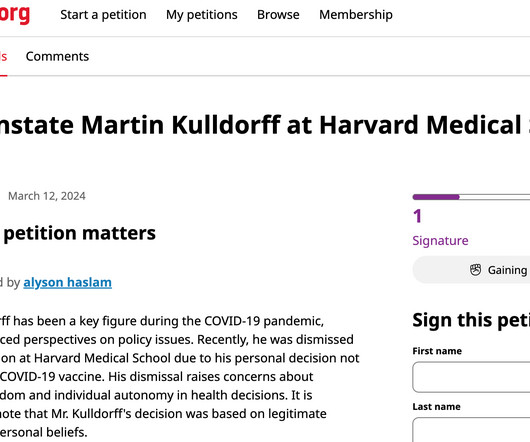

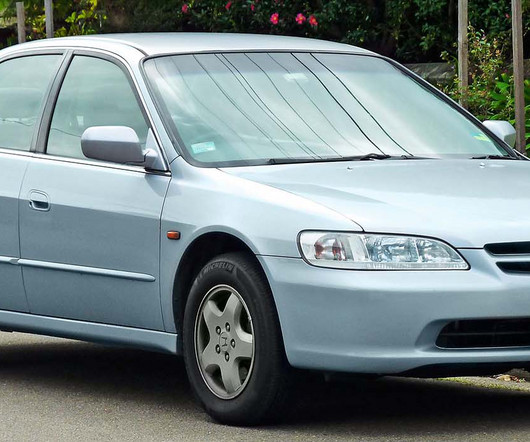
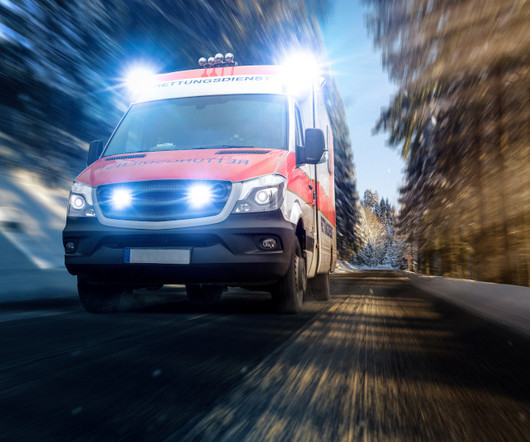


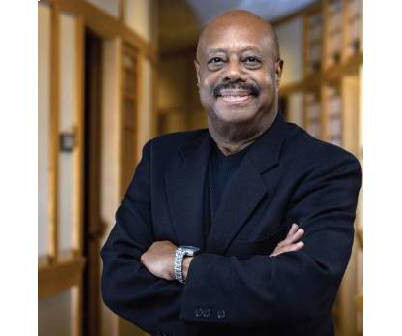





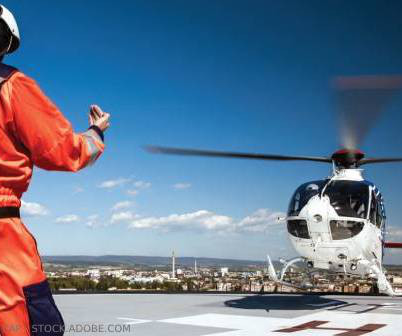










Let's personalize your content